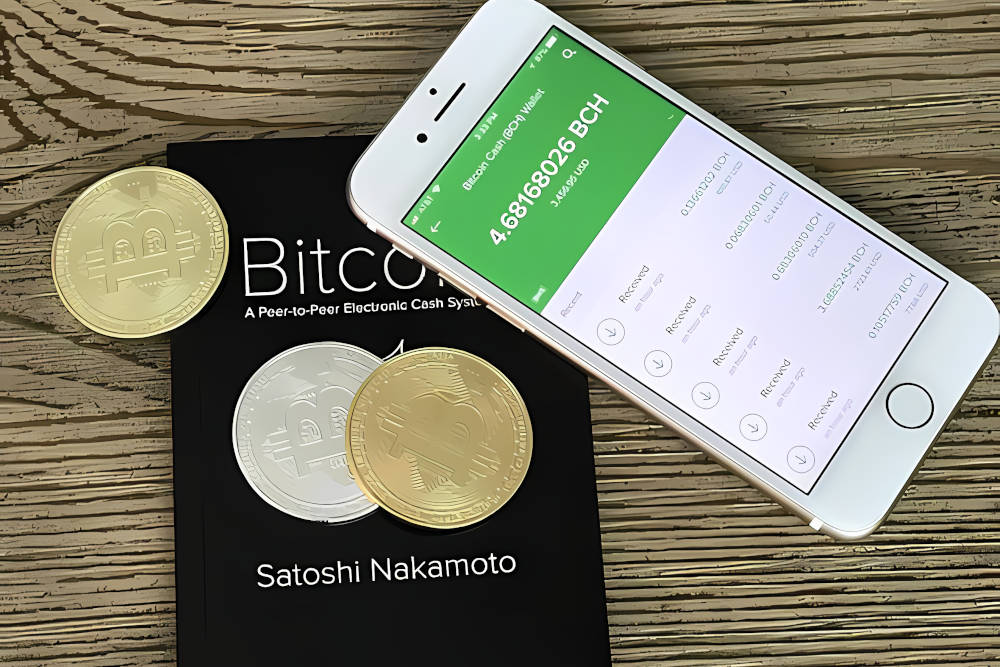
Bitcoin fees are climbing — but what does that mean for your crypto portfolio? Rising transaction costs could change how you send, trade, and even stake Bitcoin. Learn what’s really happening and how to stay ahead.
1️⃣ How Bitcoin transaction fees work
-
Bitcoin uses a limited block size (1 MB per block) and 10-minute block times.
-
Miners prioritize transactions offering higher fees, so fees fluctuate with demand.
-
When the network is busy, fees spike. When it’s quiet, fees drop.
Historically, Bitcoin fees have been volatile, not a steady upward trend.
2️⃣ Factors limiting “untradeable” fees
a) Layer 2 solutions
-
Technologies like Lightning Network allow users to make instant, near‑zero-cost transactions off-chain.
-
This reduces congestion on the main chain and keeps small or everyday transactions feasible.
b) Transaction batching and optimization
-
Exchanges and large players can bundle multiple transactions into one, saving fees.
-
Wallets are increasingly smart at fee optimization.
c) Bitcoin block reward + miner incentives
-
As block rewards halve over time, miners will rely more on fees, but the network will adapt: higher fees make miners more selective, but Layer 2 adoption reduces on-chain congestion, keeping average costs manageable.
3️⃣ Practical outlook
-
Small, everyday transactions (like buying coffee) are unlikely to be practical directly on-chain in the future unless you use Lightning or similar solutions.
-
Large transactions / store-of-value transfers will remain viable. Paying a few dollars (or hundreds for massive transfers) is not prohibitive for large-value trades.
-
Bitcoin won’t become “untradeable” — its role may simply evolve:
-
On-chain: settlement for large transfers, store-of-value.
-
Layer 2 / sidechains: fast, low-cost payments.
-
4️⃣ Comparisons & perspective
-
Ethereum and other chains have faced similar issues — gas fees spike with congestion.
-
But adoption of scaling solutions (Polygon, Arbitrum, Lightning, etc.) keeps network use practical.
-
Bitcoin fees are not guaranteed to grow indefinitely; they adapt to demand, network upgrades, and adoption of off-chain tech.
✅ In short:
Bitcoin won’t become untradeable, but using the base chain for tiny everyday payments may stay expensive. Most everyday transactions will likely move to Layer 2 networks like Lightning, keeping Bitcoin practical for all kinds of use.
The “minimum transfer” where Bitcoin fees become negligible depends on how you’re sending it and whether you use on-chain vs Layer 2 (Lightning) transactions. Let’s break it down clearly.
1️⃣ On-chain transactions (main Bitcoin network)
-
Fees vary depending on network congestion and transaction size (in bytes, not BTC).
-
Typical fees today: 1–10 USD for a standard transfer (~250 bytes).
-
If you’re sending small amounts (<$50–$100), fees can actually exceed the amount sent, which makes them non-negligible.
Rule of thumb:
-
On-chain Bitcoin is best for transfers above ~$100–$200, where the fee is a small percentage of the transfer.
-
Smaller amounts are technically possible but inefficient.
2️⃣ Layer 2 / Lightning Network
-
Lightning transactions are off-chain, nearly instant, and fees are tiny (often fractions of a cent).
-
Even microtransactions of a few cents are feasible.
-
Perfect for daily payments like coffee, tipping, gaming, etc.
Rule of thumb:
-
On Lightning, fees are negligible even for <$1 transfers, because routing fees are tiny and usually optional.
3️⃣ Factors that influence “negligible” fees
| Factor | Effect |
|---|---|
| Network congestion | High on-chain demand → higher fees |
| Transaction size (bytes) | More inputs = bigger size = higher fee |
| Layer used | Lightning drastically reduces fees |
| Urgency | Standard confirmation = lower fee, faster = higher fee |
✅ Takeaway
-
On-chain: Fees are negligible for transfers above $100–$200.
-
Lightning: Fees are negligible even for microtransactions (<$1).
1️⃣ Why people hold Bitcoin in multiple addresses
-
Privacy: Using a new address for each transaction makes it harder for others to trace your holdings.
-
Security: Spreading funds reduces the risk of losing everything if one wallet or key is compromised.
-
Organization: Some people separate “spending funds” from “long-term savings.”
2️⃣ Pros of consolidating
-
Lower fees in future transactions:
-
Each Bitcoin “input” in a transaction adds to the size in bytes, increasing fees.
-
Consolidating small UTXOs (unspent outputs) now, when fees are low, can save big fees later if you plan a large transfer.
-
-
Simpler management: Easier to track your holdings and manage backups.
-
Reduced chance of mistakes: Fewer private keys / addresses to manage reduces risk of loss.
3️⃣ Cons of consolidating
-
Privacy loss: If you combine addresses, anyone tracking the blockchain can link your past balances together.
-
Security risk: Consolidating into a single address creates a “single point of failure.” If that key is lost or hacked, you lose everything.
-
Transaction fees now: Consolidating itself requires an on-chain transaction, which may incur a fee.
4️⃣ Best practice
-
If privacy is your priority: Keep multiple addresses and avoid consolidation.
-
If future fees are your concern: Consolidate small, old UTXOs during low-fee periods to save on future transactions.
-
Balance security: Consider a hardware wallet or a multi-sig setup if consolidating large amounts.
✅ In short:
-
Consolidate if you want simpler management and lower future fees.
-
Don’t consolidate if you want maximum privacy or extreme security diversification.
-
Timing matters: do it when network fees are low.
Here’s a practical strategy to consolidate Bitcoin addresses efficiently, balancing fees, privacy, and security:
Panaprium ist unabhängig und wird vom Leser unterstützt. Wenn Sie über unseren Link etwas kaufen, erhalten wir möglicherweise eine Provision. Wenn Sie können, unterstützen Sie uns bitte monatlich. Die Einrichtung dauert weniger als eine Minute und Sie werden jeden Monat einen großen Beitrag leisten. Danke schön!
1️⃣ Pick the Right Time
-
Check network fees: Use sites like mempool.space to see current fee rates.
-
Wait for low congestion: Fees can drop dramatically at certain times (e.g., weekends, off-peak hours).
-
Batch transactions: Consolidate multiple addresses in one transaction to minimize total fees.
2️⃣ Plan Your Consolidation
-
Identify small “dust” UTXOs first (tiny amounts spread across many addresses).
-
Group by wallet or purpose: Keep spending addresses separate from long-term holdings if you want ongoing privacy.
-
Avoid combining all addresses at once unless you’re confident in your security setup.
3️⃣ Use a Secure Wallet
-
Prefer a hardware wallet (Ledger, Trezor) for consolidating large amounts.
-
Ensure your wallet supports batch transactions to save fees.
-
Always backup your seed phrase before doing anything.
4️⃣ Consider Privacy
-
If privacy matters:
-
Avoid consolidating addresses that were previously used in public transactions.
-
Consolidate “dust” from old addresses, not your main active addresses.
-
Use CoinJoin or similar mixing techniques if you want to maintain unlinkability.
-
5️⃣ Execute the Consolidation
-
Step 1: Create a new “central” address to receive funds.
-
Step 2: Send the funds from multiple addresses in a single transaction (batch).
-
Step 3: Double-check fees before sending — use a wallet that calculates optimal fees automatically.
-
Step 4: Confirm all funds arrived safely and update your record of private keys / addresses.
6️⃣ After Consolidation
-
Keep smaller active addresses for spending to avoid exposing your main holding.
-
Track your UTXO set periodically to prevent future dust buildup.
-
Consider layer 2 solutions like Lightning for microtransactions to reduce on-chain clutter and fees.
✅ Key takeaway:
-
Consolidate small, old addresses during low-fee periods into a central secure address.
-
Keep active spending addresses separate for privacy.
-
Always prioritize security and backups over convenience.
1️⃣ Technically, there’s no minimum
-
Bitcoin can be divided down to 1 satoshi, which is 0.00000001 BTC.
-
That’s the smallest unit of Bitcoin you can hold or send.
So in theory, one address can hold as little as 1 satoshi or many BTC — there’s no lower limit.
2️⃣ Practical considerations
-
Transaction fees: If you hold a very tiny amount (like a few cents worth of BTC), the fee to spend it might be higher than the value itself, making it effectively “stuck.”
-
Dust limits: Exchanges and wallets sometimes enforce a “dust limit” for sending BTC on-chain (usually a few thousand satoshis) to prevent spam transactions.
-
Layer 2 networks (Lightning): Even tiny amounts (millisatoshis) can be held and transacted.
3️⃣ Rule of thumb
-
Minimum unit: 1 satoshi.
-
Minimum practical amount for on-chain transactions: Usually a few thousand satoshis (~$0.10–$1, depending on BTC price and fees).
-
For microtransactions, use Lightning Network, which supports much smaller amounts without high fees.
💰 Bitcoin Transaction Fees Overview (as of October 2025)
-
Average transaction fee: Approximately $0.8651 USD per transaction (YCharts).
-
Typical fee rate: Around 4.1 satoshis per virtual byte (sats/vB) (BitInfoCharts).
-
Minimum fee rate: As low as 0.1 sat/vB, depending on network conditions (Protos).
📊 Transaction Size and Fee Calculation
-
Transaction size: A standard Bitcoin transaction is approximately 250 bytes.
-
Fee calculation: Fee = Transaction size (in bytes) × Fee rate (in sats/vB).
-
Example: For a 250-byte transaction at 4.1 sats/vB:
-
250 bytes × 4.1 sats/vB = 1,025 sats (0.00001025 BTC).
-
At a BTC price of $122,340, this equals $1.26 USD.
-
📉 Minimum Practical Transaction Amount
-
Threshold: To ensure the transaction fee is a small percentage of the total amount, consider transactions of at least $10–$20 USD.
-
Example: Sending 0.01 BTC (approximately $1,223) would incur a fee of $1.26, making the fee about 0.1% of the total amount.
⚠️ Considerations for Smaller Transactions
-
Transaction fees: For amounts under $10, the fee can become a significant percentage of the total, making the transaction inefficient.
-
Dust: Amounts below the minimum transaction fee can become "dust," which are unspendable due to fees exceeding their value (Investopedia).
✅ Recommendations
-
For small amounts: Use the Lightning Network, which offers near-instant and low-fee transactions.
-
For larger amounts: On-chain transactions are more cost-effective, especially when fees are low.
-
Monitor fees: Use tools like mempool.space to check current fee rates before initiating transactions.
War dieser Artikel hilfreich für Sie? Bitte teilen Sie uns in den Kommentaren unten mit, was Ihnen gefallen oder nicht gefallen hat.
Haftungsausschluss: Die oben genannten Inhalte dienen ausschließlich zu Informations- und Bildungszwecken und stellen keine Finanz- oder Anlageberatung dar. Recherchieren Sie stets selbst und ziehen Sie die Beratung durch einen zugelassenen Finanzberater oder Buchhalter in Betracht, bevor Sie finanzielle Entscheidungen treffen. Panaprium übernimmt keine Garantie, Bürgschaft oder Billigung der oben genannten Inhalte und ist in keiner Weise dafür verantwortlich. Alle hier geäußerten Meinungen basieren auf persönlichen Erfahrungen und sollten nicht als Billigung oder Garantie bestimmter Ergebnisse angesehen werden. Investitions- und Finanzentscheidungen bergen Risiken, über die Sie sich im Klaren sein sollten, bevor Sie entscheiden.
About the Author: Alex Assoune
Wogegen Wir Kämpfen
Weltweit-Konzerne produzieren in den ärmsten Ländern im Übermaß billige Produkte.
Fabriken mit Sweatshop-ähnlichen Bedingungen, die die Arbeiter unterbezahlt.
Medienkonglomerate, die unethische, nicht nachhaltige Produkte bewerben.
Schlechte Akteure fördern durch unbewusstes Verhalten den übermäßigen Konsum.
- - - -
Zum Glück haben wir unsere Unterstützer, darunter auch Sie.
Panaprium wird von Lesern wie Ihnen finanziert, die sich unserer Mission anschließen möchten, die Welt völlig umweltfreundlich zu gestalten.
Wenn Sie können, unterstützen Sie uns bitte monatlich. Die Einrichtung dauert weniger als eine Minute und Sie werden jeden Monat einen großen Beitrag leisten. Danke schön.



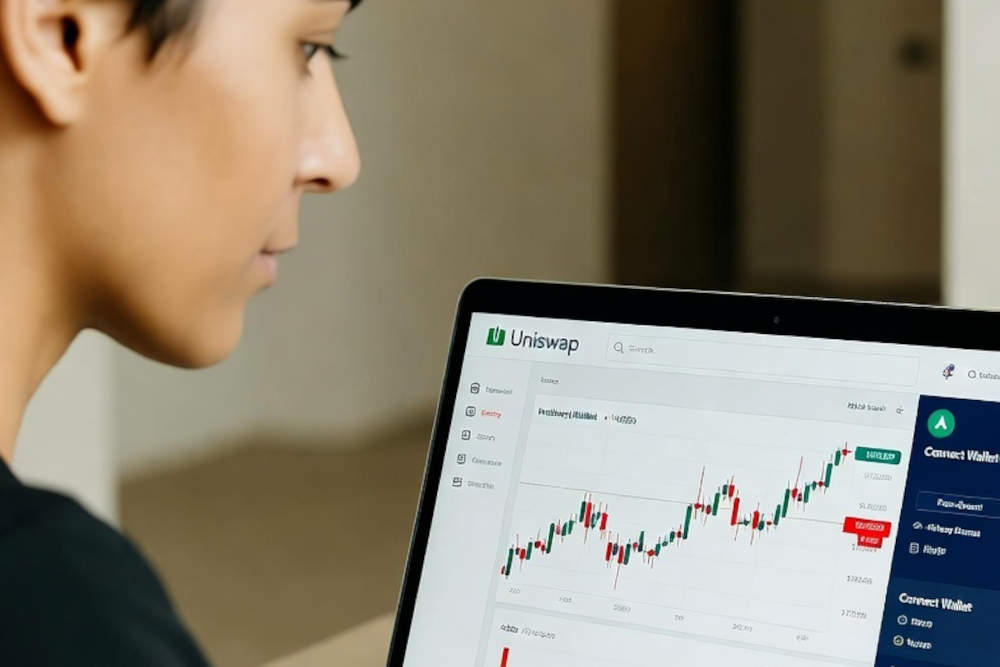
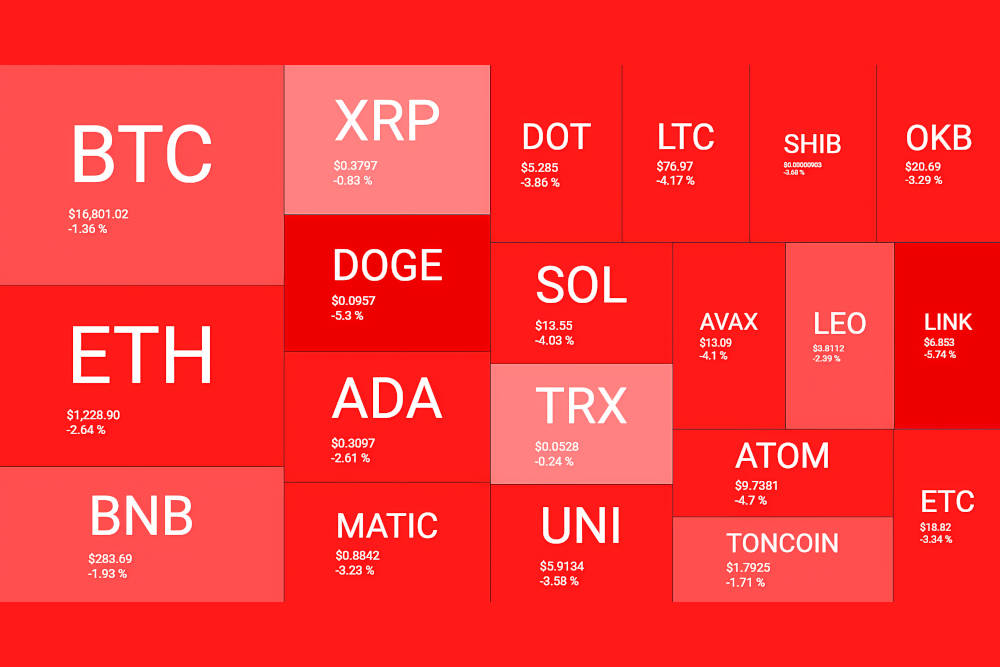
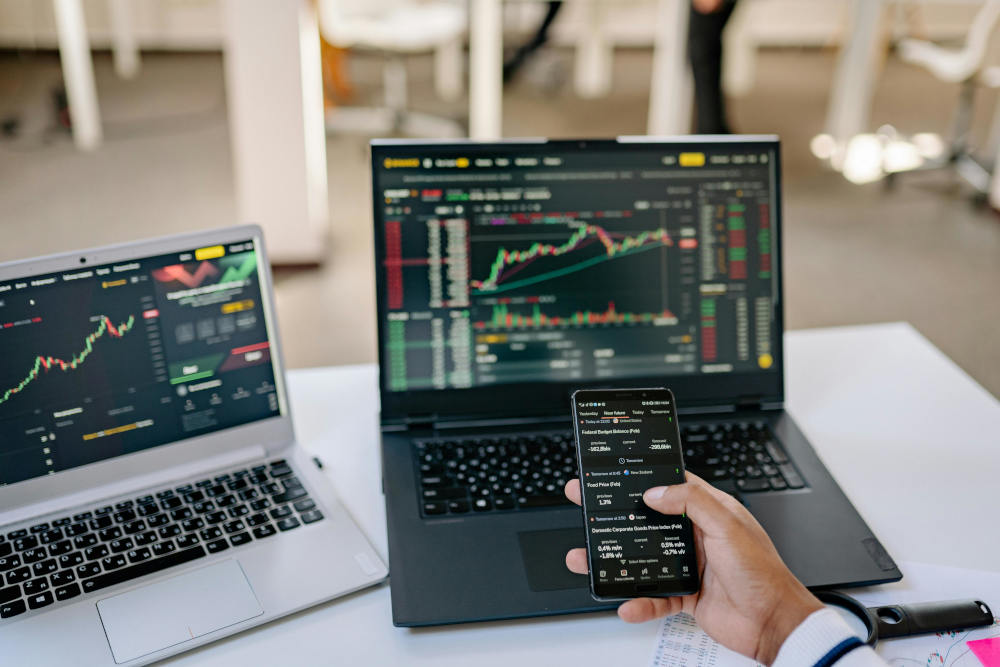
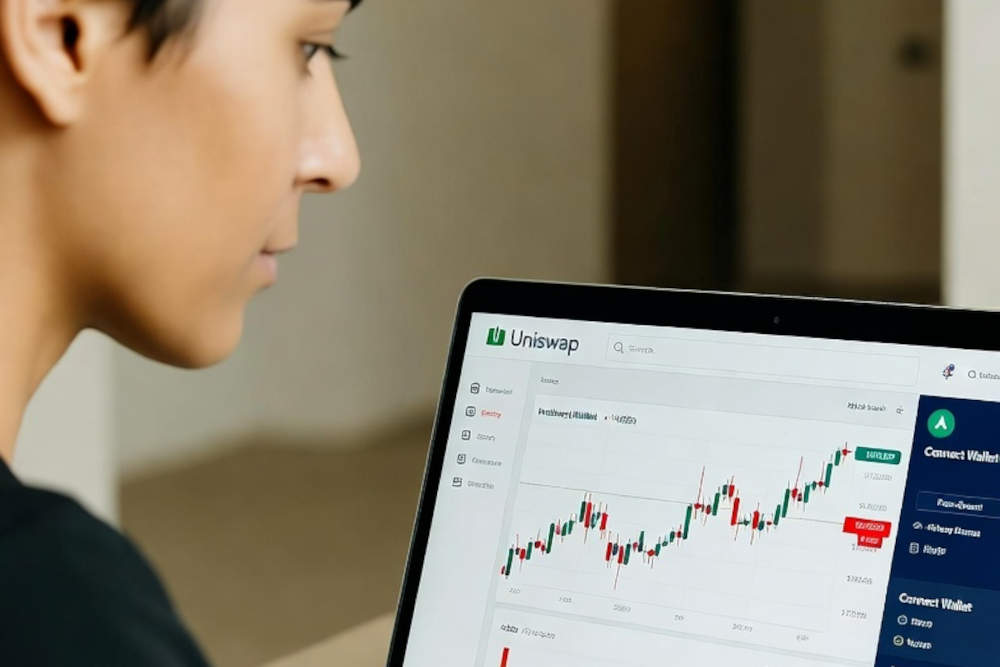
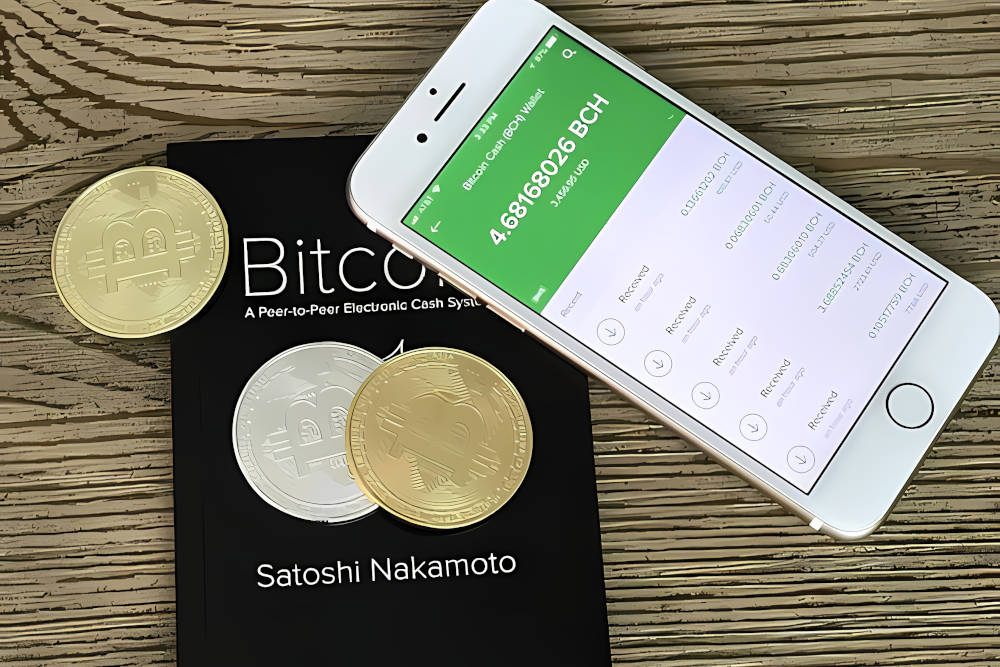
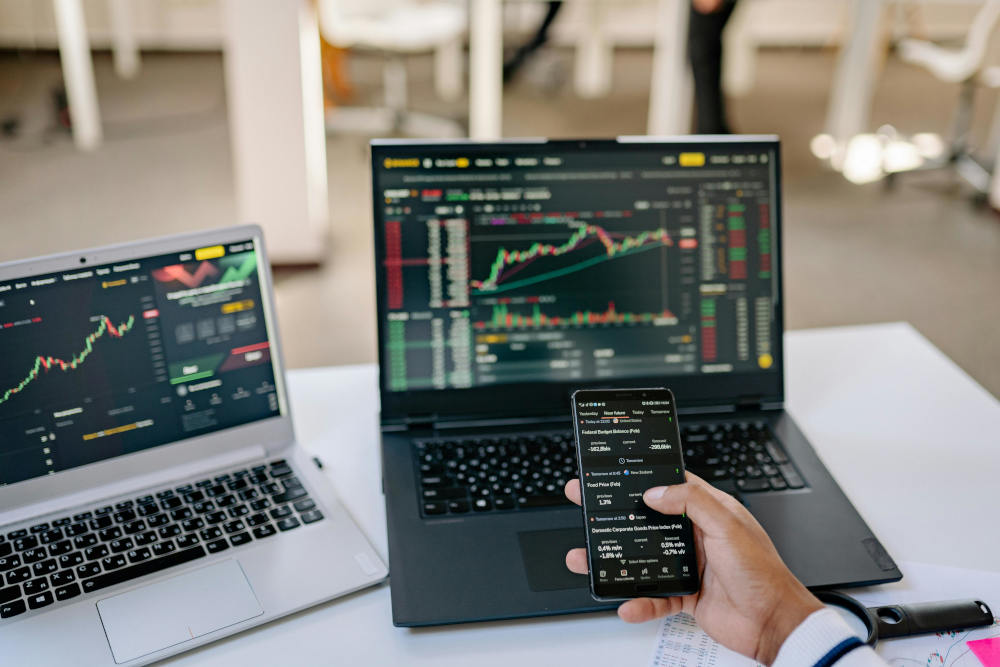
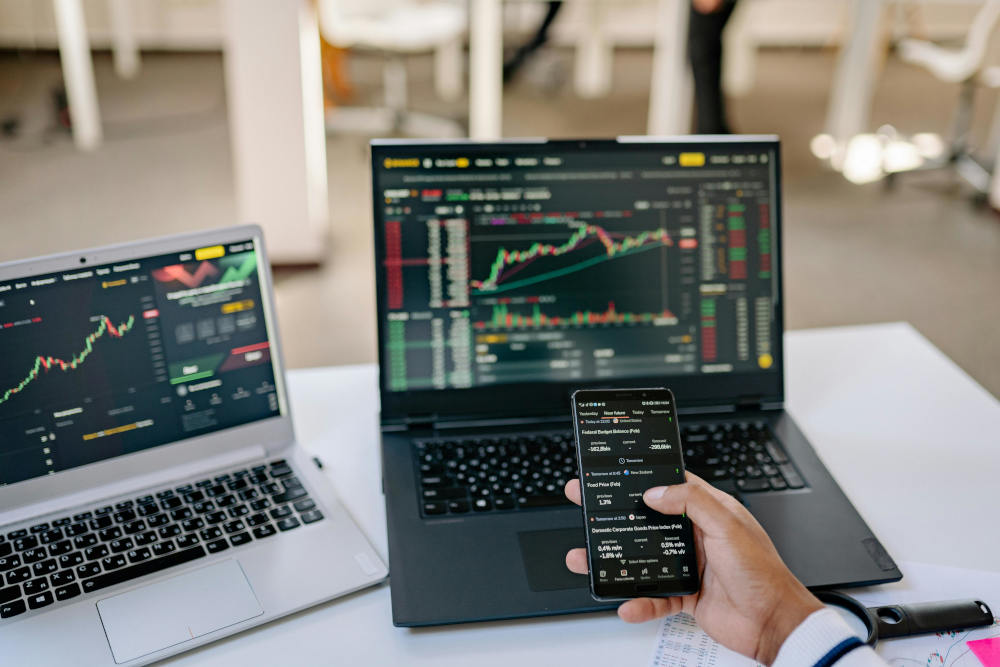




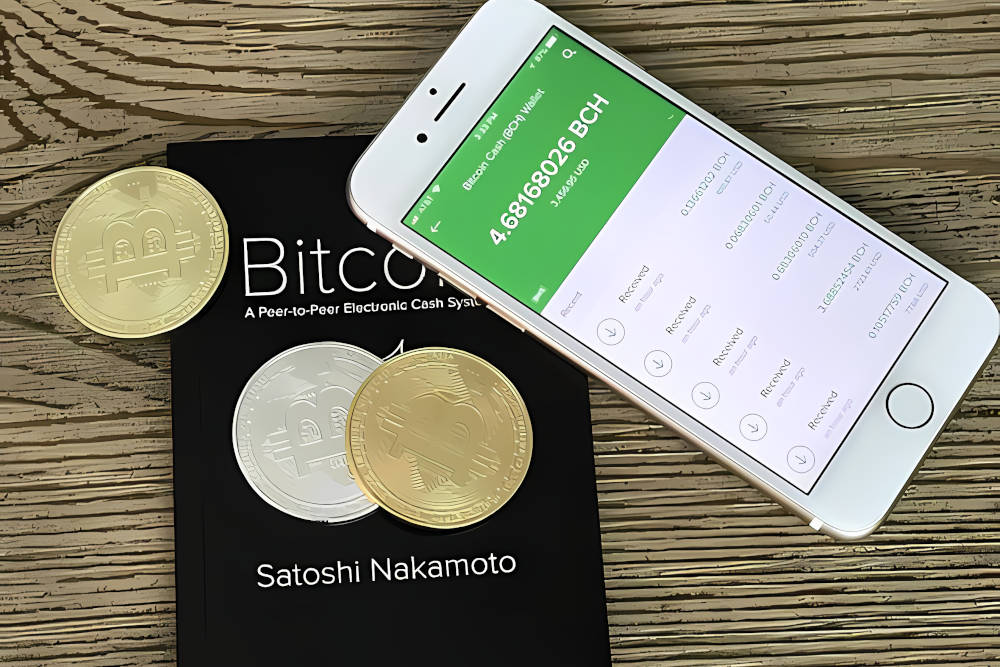












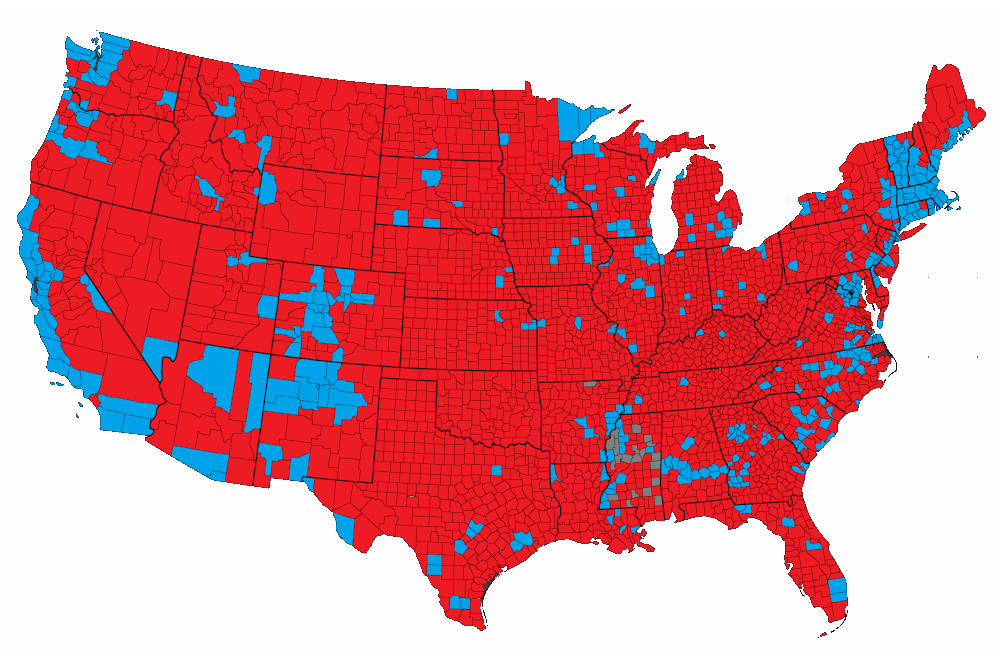




0 Kommentare